
Soil Health & Fertilization
We unite suppliers and green industry professionals worldwide
Lanceleaf Coreopsis (Coreopsis lanceolata) is a cheery, sun-loving, cutting-sparing perennial that lasts years and benefits the environment in the process.
By Victor Miller
|Published on September 24, 2025
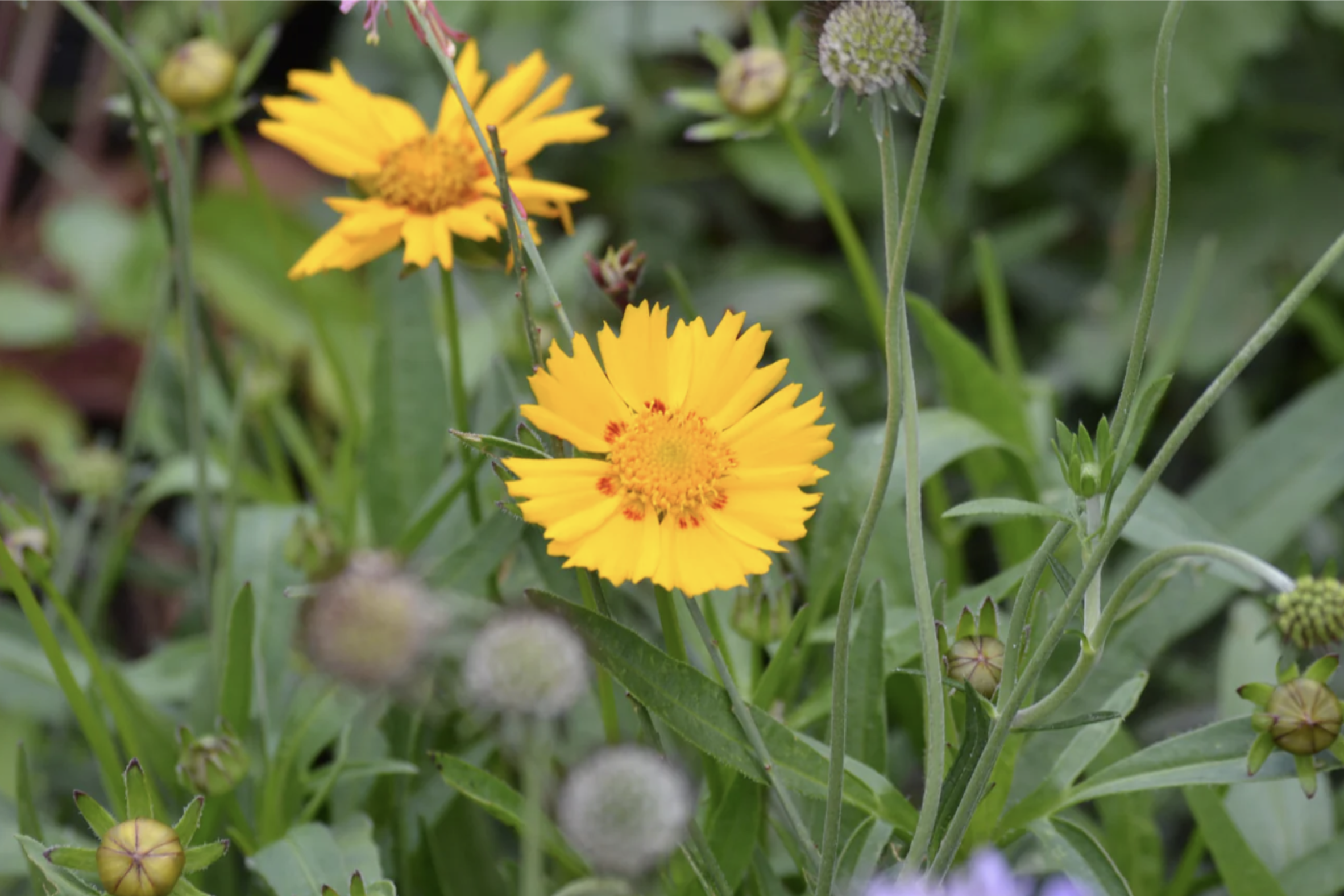

Lanceleaf coreopsis (Coreopsis lanceolata) is a friendly, robust perennial wildflower. It burns with yellow-gold flowers. It is cool and tough and grows anywhere, so it is universally admired by all gardeners, landscape designers, and pollinator geeks.
Single flowers are kind of mini-daisies. It continues to bloom and can grow in a wide range of conditions. That makes it an excellent ornamental garden, wildflower meadows, and naturalized settings. It is helpful to the ecosystem as well as bees, butterflies, and other pollinators, who need its nectar and pollen. Also, it takes minimal care and is drought-resistant.
| Scientific Name | Coreopsis lanceolata |
| Common Names | Lanceleaf Coreopsis, Sand Coreopsis, Tickseed Coreopsis |
| Family | Asteraceae (Daisy family) |
| Genus | Coreopsis |
| Species | lanceolata |
| Native Region | The Midwestern region and the eastern part of North America |
| Cultivars | A few bright examples are Early Sunrise, Baby Sun, and Sterntaler, which have different times of flowering and keep growth periods compact. |

September 25, 2025
9 minute read
September 24, 2025
9 minute read
September 23, 2025
10 minute read
September 22, 2025
9 minute read


Join as a seller and connect with thousands of B2B buyers nationwide!
Sign Up
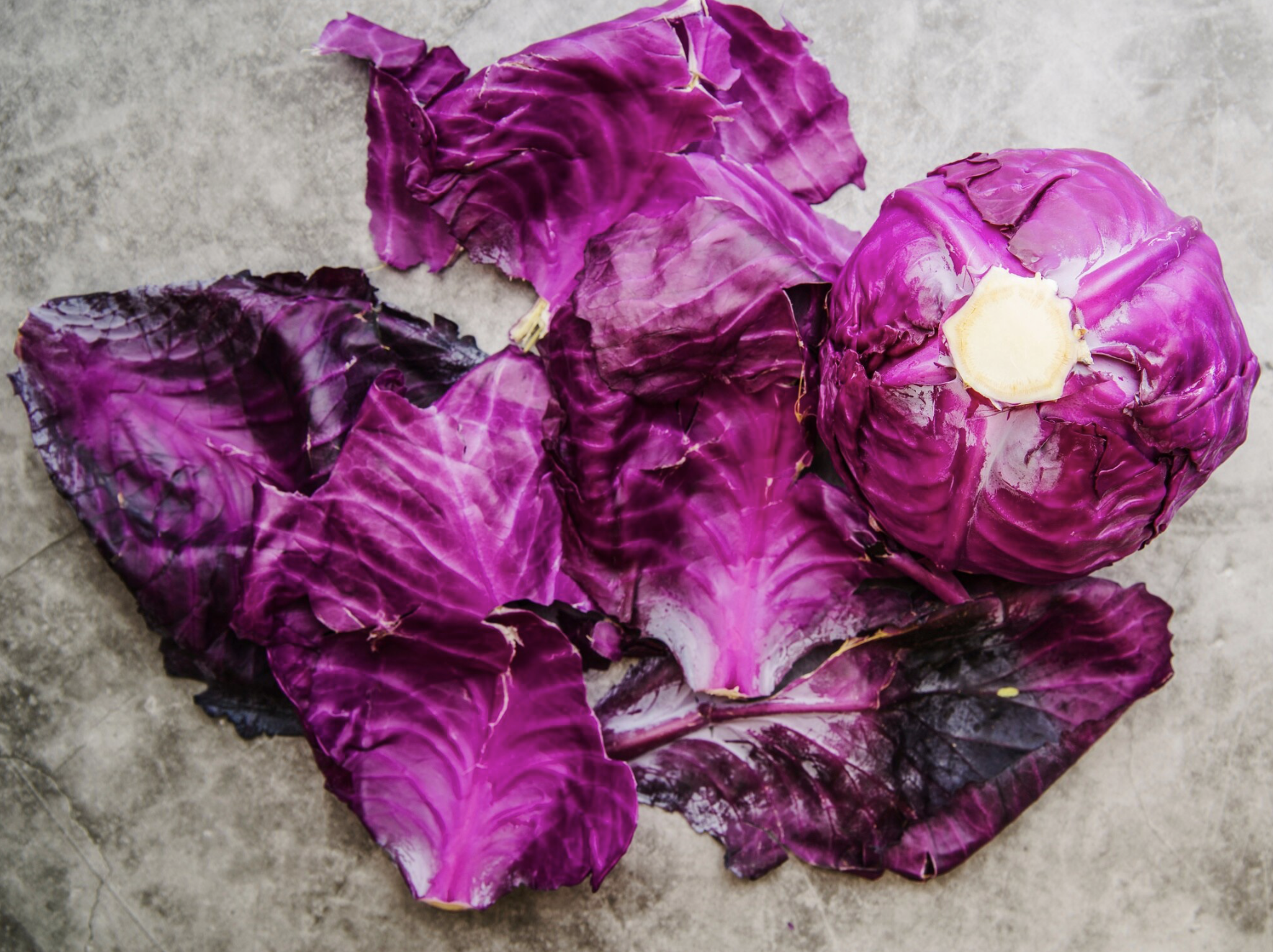
Radicchio
Radicchio (Cichorium intybus var. foliosum) looks like a leaf vegetable with its bright red, colored leaves and its crunchy texture and bitter taste.
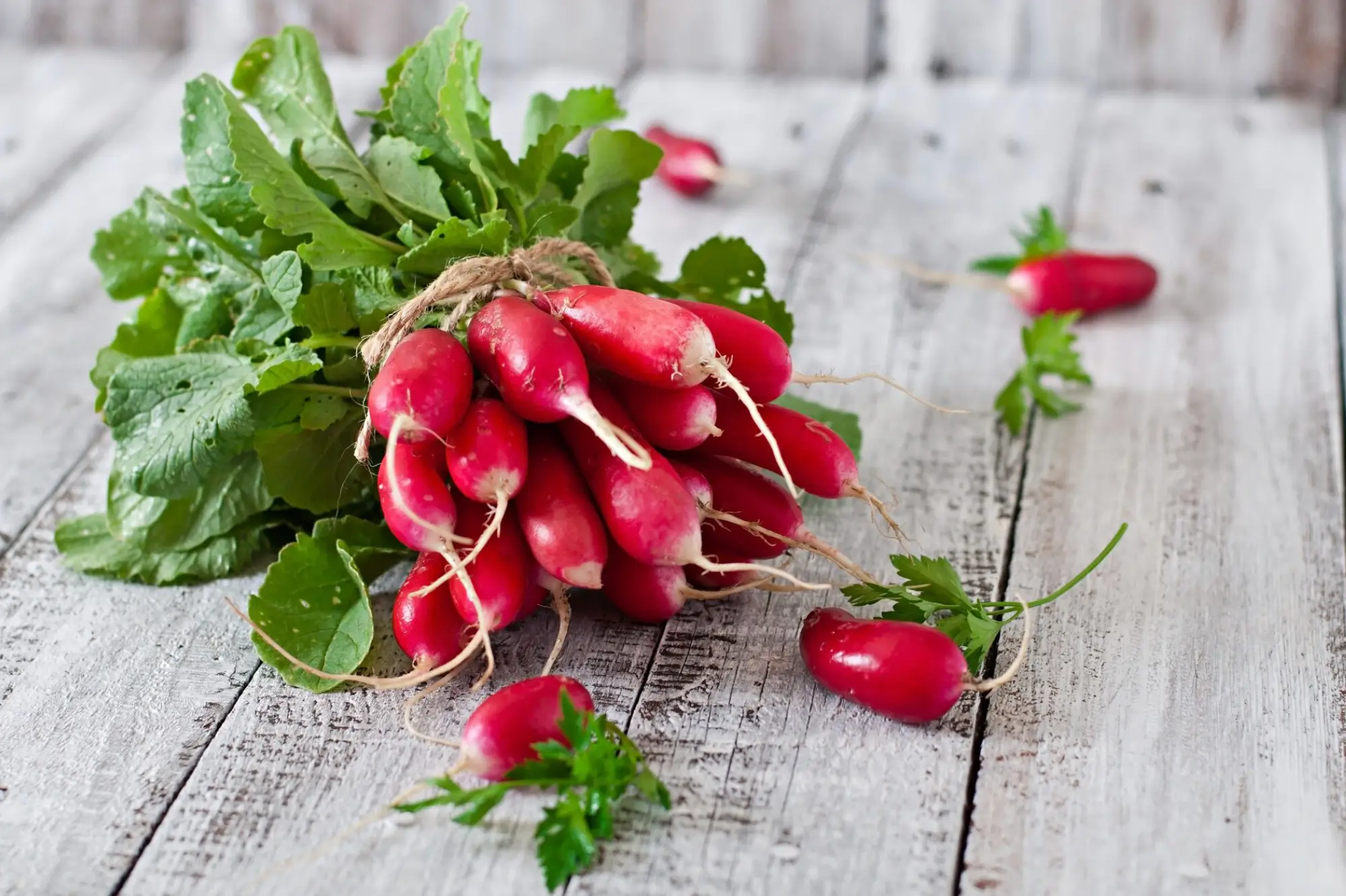
Radish
Super-fast growing root crop with a thin and crispy texture and spicy flavor, Radish (Raphanus sativus) is a favourite crop with all gardeners worldwide.
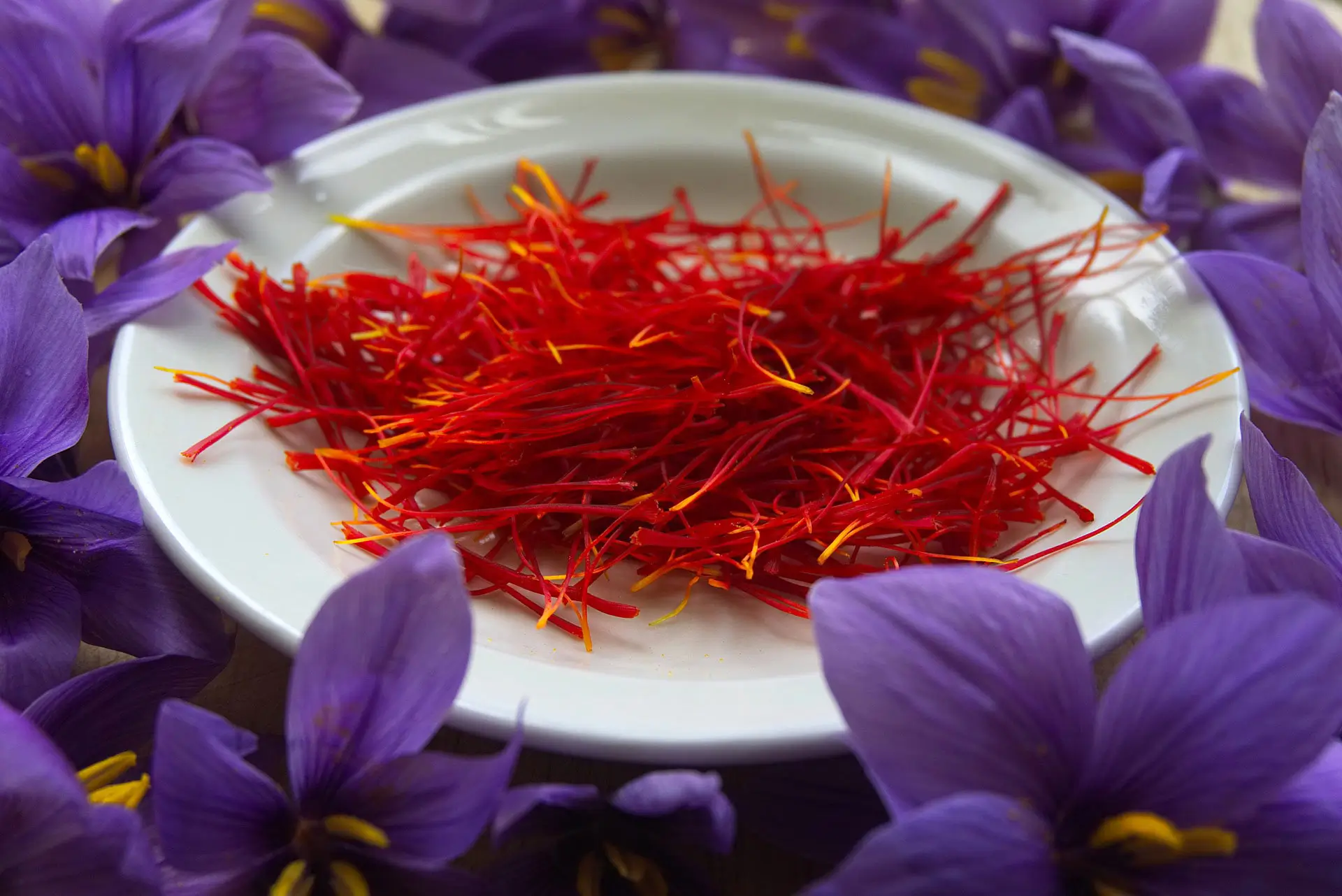
Saffron
Saffron (Crocus sativus) is the most desired plant in the world, and it yields the most expensive spice per pound.
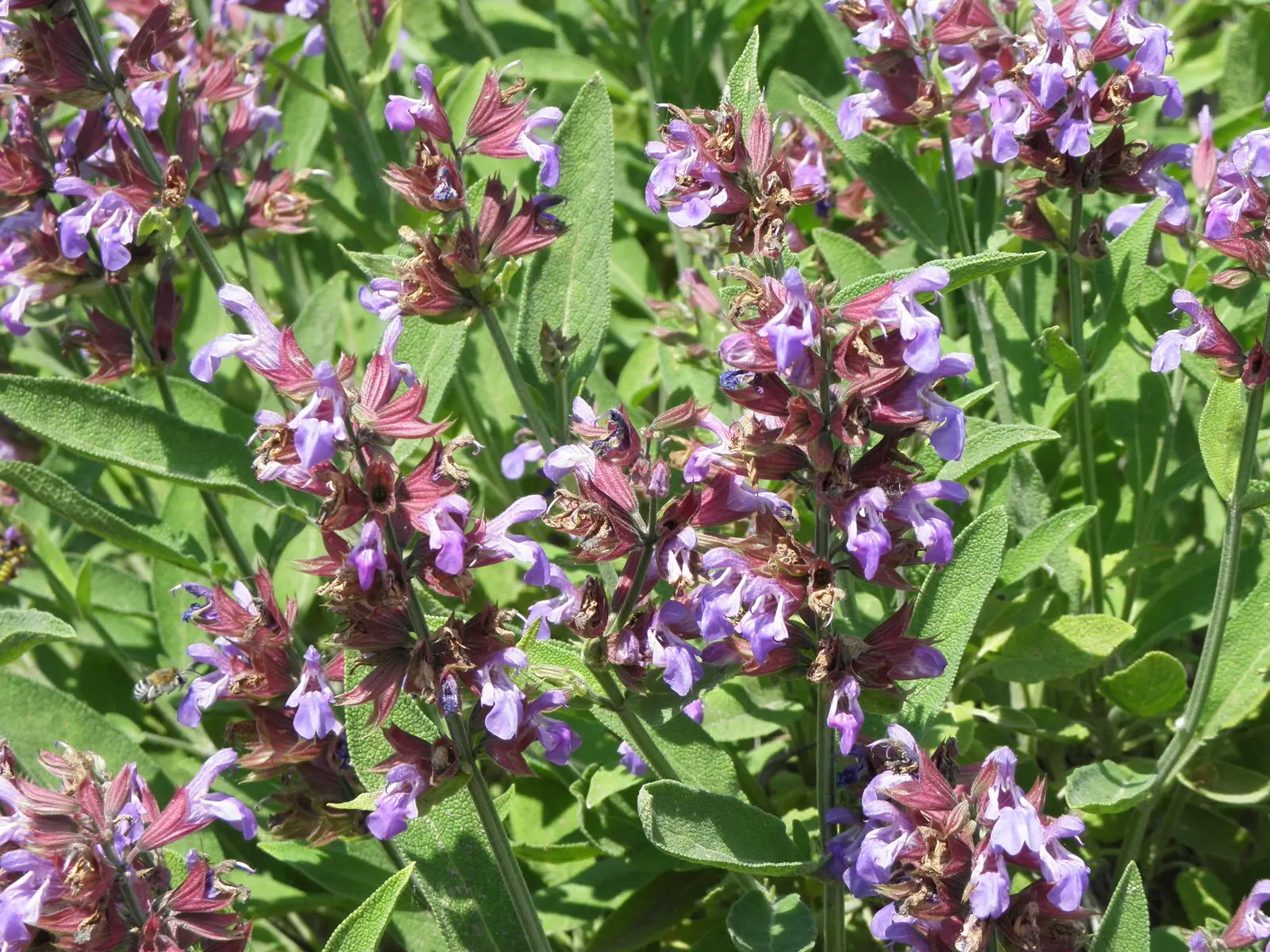
Sage Common
Common Sage (Salvia officinalis) is an adorable perennial herb that has endured over the ages in gardens and kitchens.
Lanceleaf Coreopsis is an incredibly hardy plant that has dramatic looks. People like it as bedding, border plants, and as a mixed garden.
Lanceleaf Coreopsis is easy to use and good in numerous ways.
Containers: Some of them, smaller varieties, work in pots or on a balcony, adding color in tight spaces.
Lanceleaf Coreopsis is a plant that does not require much care and is also very adaptable to most conditions.
Lanceleaf coreopsis seeds are special, and they are structured in such a way that they spread on their own.
When given a sufficient mixture of light, heat, and water, Lanceleaf Coreopsis seeds will grow.
Lanceleaf Coreopsis seeds can be stored successfully if kept in a cool, dry place.
Vigor Testing: Take a germination test of the tested seeds before planting the older ones to ensure that they perform well.
Lanceleaf Coreopsis is a plant to be sown and propagated by divisions.
Lanceleaf Coreopsis is generally hardy and problem-free. It can get sometimes:
Proper seed storage maintains a plant that remains alive and can sprout.
Lanceleaf Coreopsis (Coreopsis lanceolata) is a cheery, sun-loving, cutting-sparing perennial that lasts years and benefits the environment in the process. It has long-lasting, golden-yellow flowers and does well in less fertile soils. Bees and gardeners do like it, so it is beneficial and pleasing to the eye. It is drought-tolerant, grows easily from seed, and is generally resistant to most pests. It is a trustworthy wildflower that will satisfy those who are just discovering the world of gardening as well as those who are advanced gardeners.
It typically blooms from late spring through midsummer. Deadheading can extend flowering into late summer.
Yes, it does best in poor, sandy, rocky soil, so it is good for difficult-to-grow spots.
Yes, Lanceleaf Coreopsis is generally resistant to deer and rabbits, though no plant is completely immune.

Soil Health & Fertilization
Victor Miller

Pest Identification & Prevention
Victor Miller

Lawn Care Tips & Maintenance
Victor Miller

Soil Health & Fertilization
Victor Miller

Smart Irrigation Systems
Victor Miller

Patios, Walkways & Driveways
Victor Miller

Soil Health & Fertilization
Victor Miller

Pest Identification & Prevention
Victor Miller
My Account
Our team is always here to help.
We are open Monday - Friday, 9:00 AM to 4:30 PM PST.